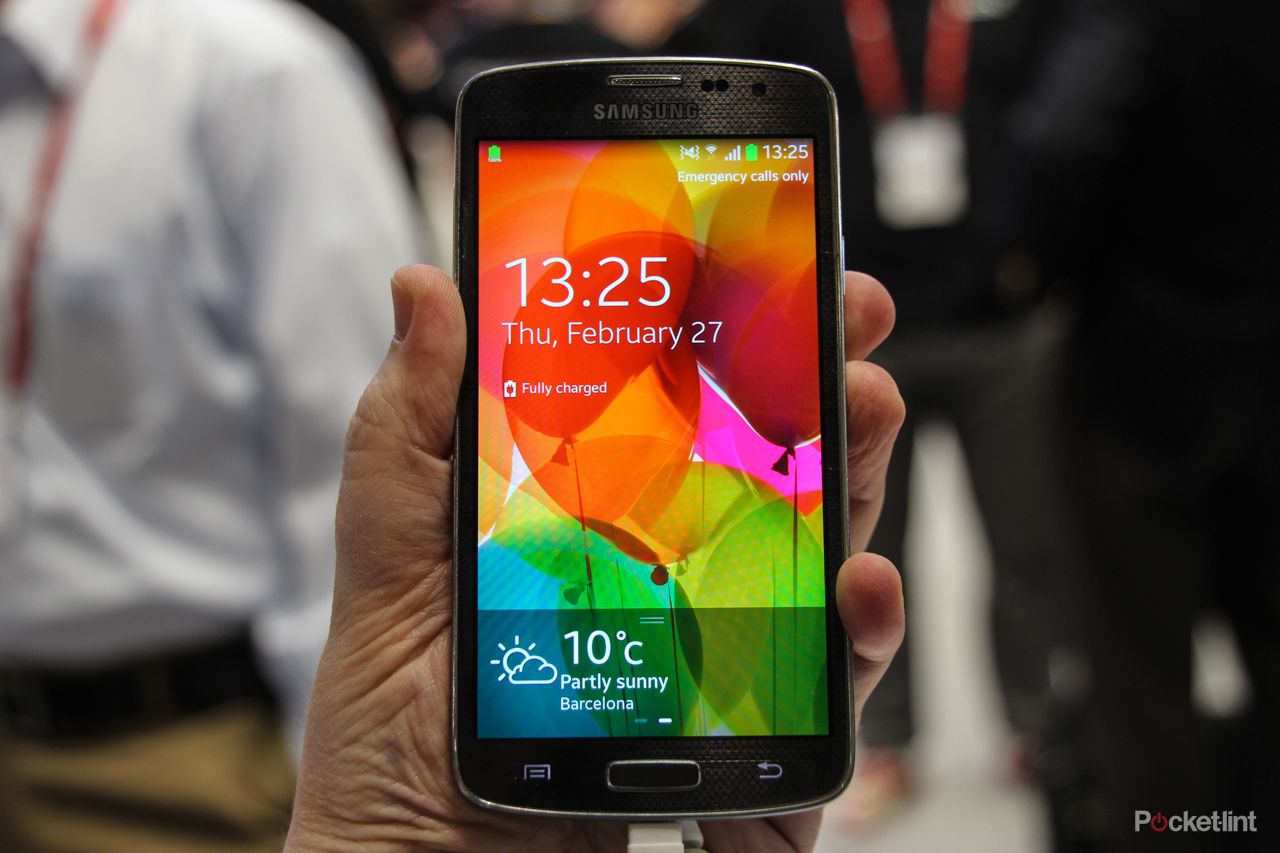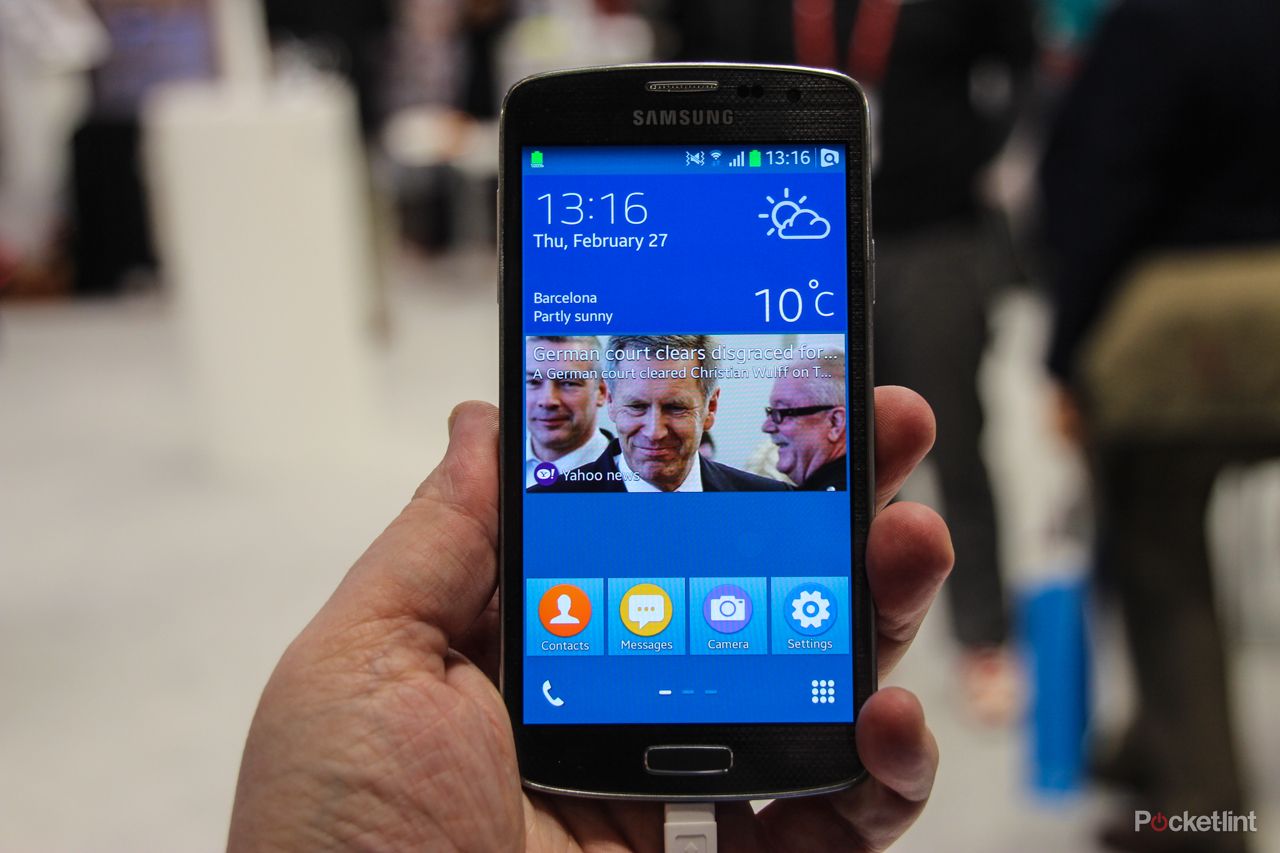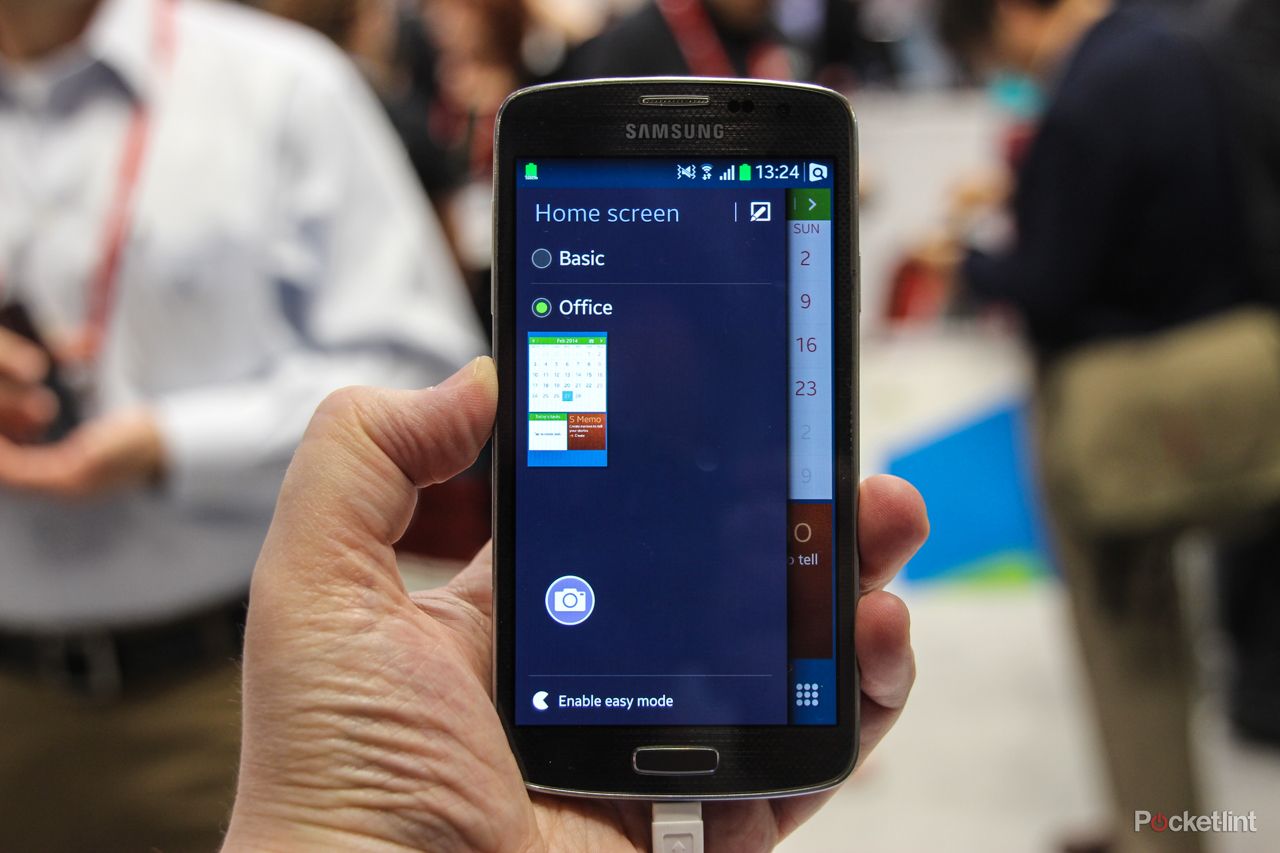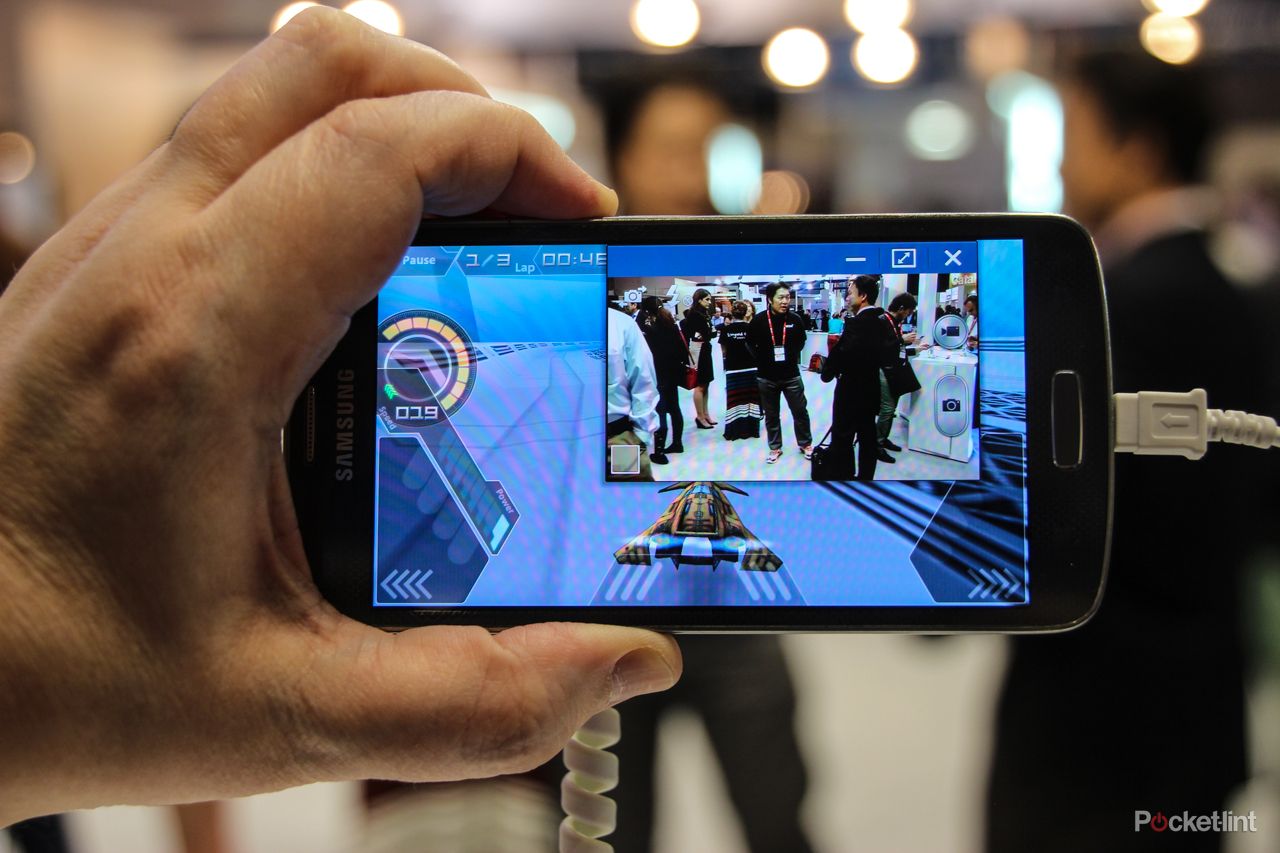Mobile World Congress 2014 had a few running themes and trends. There was a lot of talk about smart devices becoming smarter. Wearable computing is clearly going to be massive this year, and for Samsung that was all about Tizen.
Talk of its own operating system might have even overshadowed the launch of the Samsung Galaxy S5 for some. While that phone was received with mixed responses, Samsung's switch to its own OS for the second-generation Gear smartwatch and adoption in other devices, including the NX300M camera, was seen as a significant and bold move by the company. Could it soon ditch Android altogether? Will it do an Apple and create its own locked ecosystem? Some think so.
READ: Samsung Gear 2 first impressions
That's why the first Tizen phone from the company represents a landmark in a market Samsung dominates with a million and one Android phones. And on the evidence we encountered on the Tizen stand at the show, the company could make the shift and nobody would notice.
Certainly aesthetically. Although the handset on display was a developers' prototype, it is, in almost every way, a Galaxy smartphone. It looks like one on the exterior and you would be forgiven for thinking that the user interface is TouchWiz.
It isn't. In fact, it's far removed from the sometimes clunky TouchWiz employed by the company. It seems to us that Tizen is purposely designed to be as smooth and simple as possible. All the functions and many of the apps are there already, but the UI moves like a jaguar coated in butter.
The main home screen is great: clean and basic, but with enough clever ideas to make it stand out from the norm. For example, you can resize widgets to any dimensions you like, even down to a simple app icon. No longer want the feed on display? You can zip it down to one of the platform's trademark round bubbles - which look a little Firefox OS-esque.
You can even change the homescreen entirely. Swipe left and you can choose a separate profile. In this case it was either a conventional homescreen or one geared at business. Productivity apps and widgets then appeared front and centre.
For those who don't want their smartphones to be particularly smart, you can choose a basic layout. It gives the most important icons as big, clear buttons - camera, internet, etc. To switch it back, there is a mode in the settings, but this is an interesting indicator of one of the markets Samsung clearly feels is presently untapped, and something we've seen from the likes of Huawei too.
The camera app is nigh-on identical to Samsung software found on Galaxy phones. And there's a feature that allows a pop-up multitasking window, so you can watch a video or take a pic while working or even playing a game.
Speaking of games, we saw a WipeOut-style app programmed, we were told, entirely in HTML5. It ran very smoothly indeed, but there weren't a lot of textures on screen, so that will take further investigation.
Most other aspects of the phone were business as usual. We can't express how rapid everything moved though. We don't know what's inside the phone in terms of processor and RAM, but doubt it's as advanced as the Galaxy S5. But clearly in this case, the streamlined and trimmed software makes a big difference.
Nobody on the Tizen stand seemed to know when a consumer model might become available, but in terms of developer handsets we've seen in the past, this is particularly advanced.
Watch this space.




